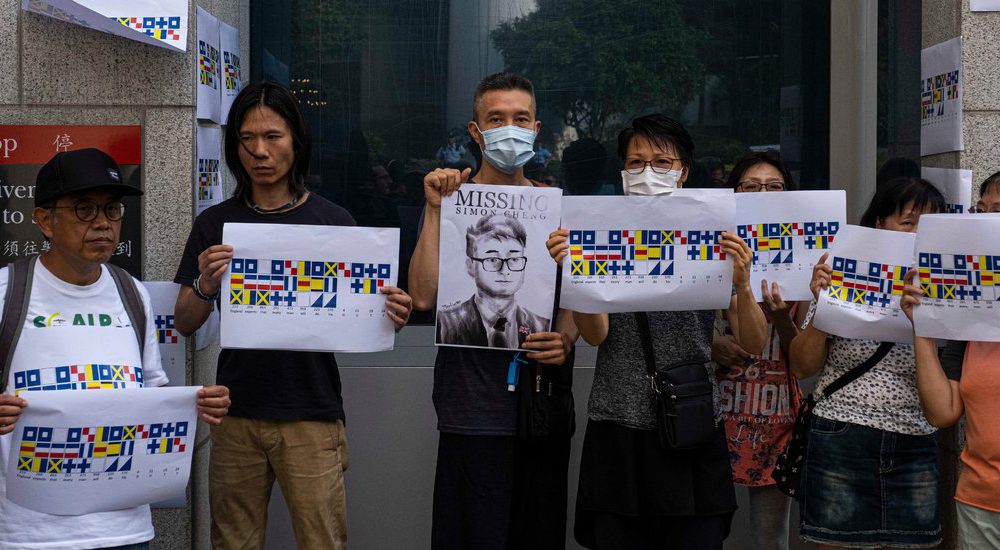Revising Korean Sign Language (KSL) for sexual minorities
It's a bit unclear what exactly happened recently to prompt the article, but the general information it conveys is interesting.
"Korean deaf LGBT activists create new signs to express identities with pride", by Lee Hae-rin, The Korea Times (9/24/22)
Woo Ji-yang, 33, is a deaf gay man based in the southern city of Busan. For most of his life, he felt shame and humiliation when he introduced his sexual identity in Korean Sign Language (KSL). The manual sign for "gay" in KSL describes an act of anal intercourse between two men.
Gyeonggi-based CODA (Child of Deaf Adults) and gay man Kim Bo-seok, 34, confessed he has lived through a dilemma similar to that of Woo's. He has been a bridge between the hearing and deaf community as a child of deaf parents and a sign language researcher studying KSL for his Ph.D., but the sign language expressions that contain overly sexualized and degrading connotations of sexual minorities have made him hesitate to come out and live freely for a long time.
Read the rest of this entry »

